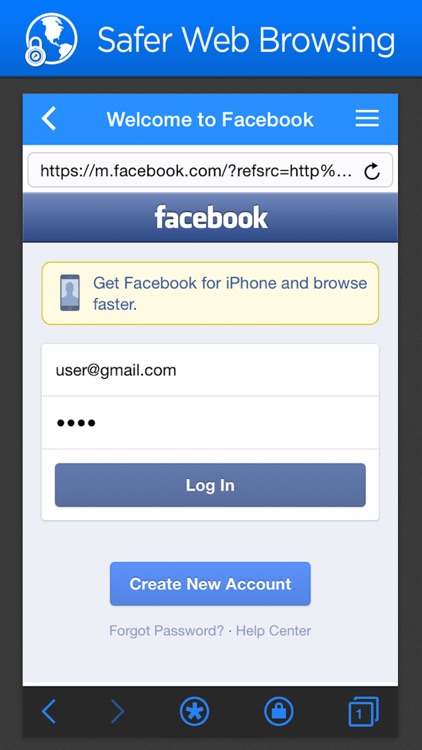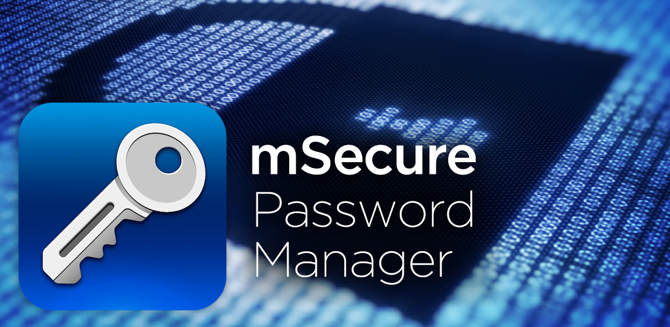
The trash-to-delete method may leave some junk files behind, resulting in incomplete uninstall. That means, if you simply trash the app and think the removal is done, you’re wrong. Additionally, some apps may create supporting files, caches, login files scattering around the system directory.

General knowledge: Once installed, an app is typically stored in the /Applications directory, and the user preferences for how the app is configured are stored in ~/Library/Preferences directory.
#Msecure deal how to#
If you have no clue how to do it right, or have difficulty in getting rid of mSecure 5.5.3, the removal solutions provided in the post could be helpful. This page is about how to properly and thoroughly uninstall mSecure 5.5.3 from Mac. Removing applications on Mac is pretty straightforward for experienced users yet may be unfamiliar to newbies.
#Msecure deal for mac#
But, even without that feature, mSecure is an affordable password manager that’s more than capable enough for plenty of individual users.Perfect Solutions to Uninstall mSecure 5.5.3 for Mac We’d love to see mSecure implement a way to securely share passwords rather than just sync across your own devices. We appreciated the redesigned interface and the ability to fully customize data fields and category templates. MSecure is a good password manager that makes it easy to keep records across multiple devices. However, keep in mind that a monthly subscription is much more than mSecure’s lifetime paid plan in the long run. We also like that LastPass includes multi-factor authentication ( MFA (opens in new tab)) for added security. You can share passwords with an unlimited number of users for as little as $3 per month. This popular password manager offers sharing with one other user for free. If secure password sharing is important to you, it’s worth checking out LastPass (opens in new tab). This plan also adds an auto-fill/auto-login feature, Touch ID & Face ID support, Apple Watch (opens in new tab) support and lets you customize the included data entry templates. The most important thing it adds is syncing between your devices, which ensures your secure data is always up to date.
#Msecure deal pro#
The Pro plan (opens in new tab) costs a one-time fee of $19.99, as opposed to the usual subscription model that most of its competitors use.

It can also be used on both desktop and mobile devices.
#Msecure deal free#
The free plan includes all the password manager essentials, such as unlimited data entries and a password generator. MSecure offers one free and one paid plan option.

MSecure offers both a free and a paid option for its password manager (Image credit: mSecure) Plans and pricing However, we will state that when we emailed, the company got back to us by the following day.

MSecure provides support by email only using an online ticket system through a support portal- in other words there is no direct email address provided. So, one of the most convenient features of this platform is also potentially its most vulnerable. But it’s not clear that mSecure’s cloud is any more protected. mSecure offers its own cloud service in part because the company doesn’t trust that services like Google and Dropbox are fully safe from hacks. If you take advantage of syncing, your data security becomes much more dicey. We’d rather just see two-factor authentication, but self-destruct works as long as you have a backup of your database on another device. You can also choose a self-destruct setting, which will destroy your database after several failed login attempts. MSecure stores your data locally on your device and offers several features to ensure it can’t be compromised such as “Auto-lock, Auto-backup, Password Generator, Touch ID (Mac & iOS) and Nexus Imprint (Android).” This includes that both the data and the passwords are “Behind industry standard AES-256 encryption.” The platform enables you to set an inactivity time, after which it will automatically log out. MSecure also includes auto-lock and self-destruct settings (Image credit: mSecure ) Security


 0 kommentar(er)
0 kommentar(er)
